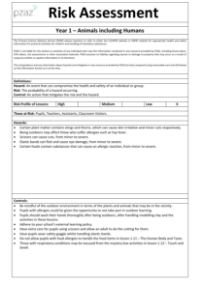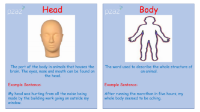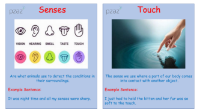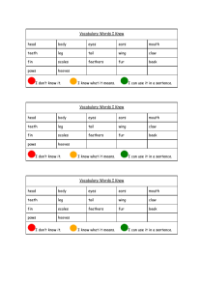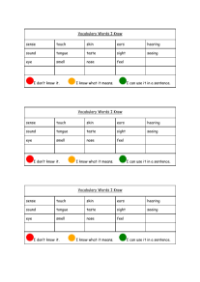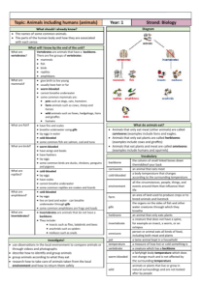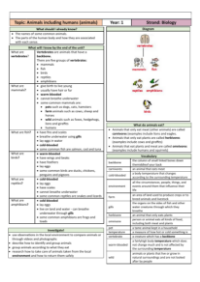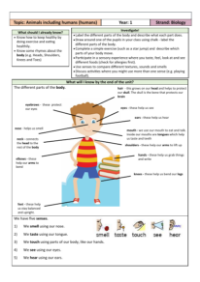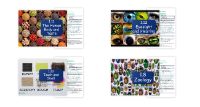Animals including Humans - Assessment
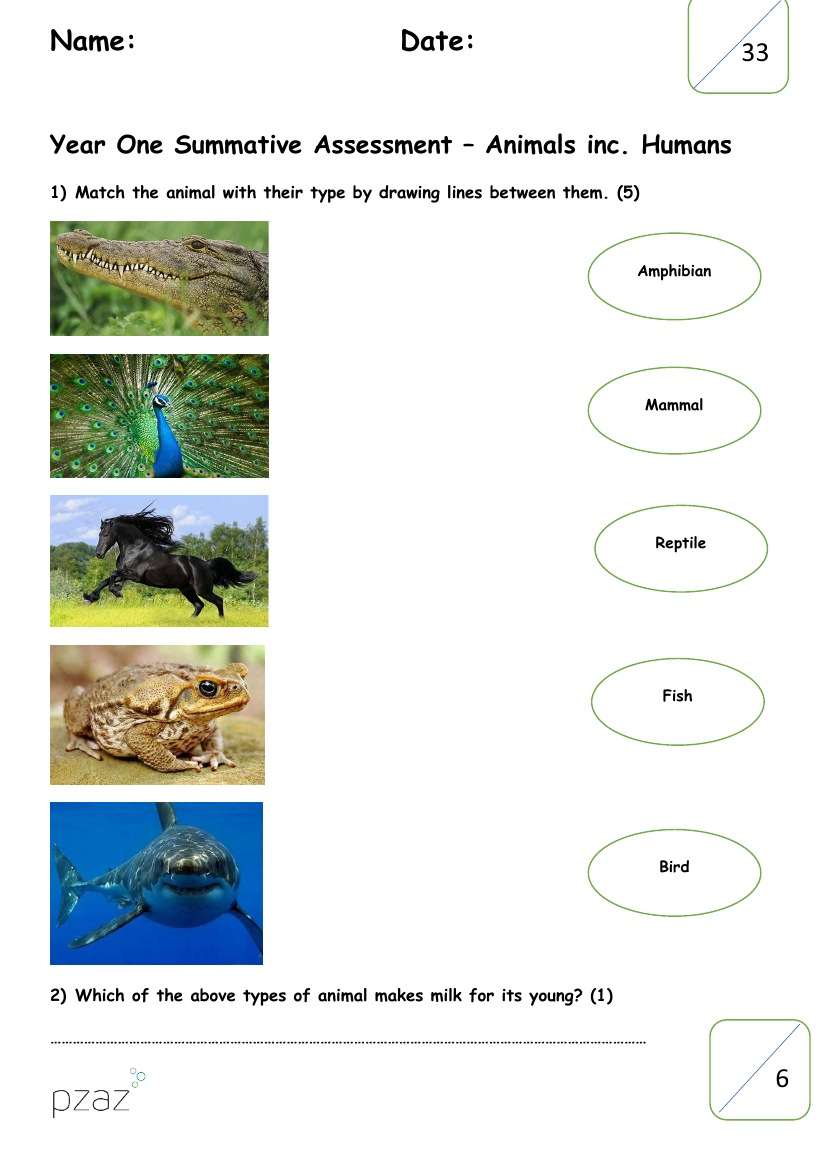
Science Resource Description
The Year One Summative Assessment for the topic 'Animals including Humans' is designed to evaluate the students' understanding of different animal types and their characteristics. The assessment begins with a matching activity where students are required to draw lines connecting animals to their respective types, such as amphibians, mammals, reptiles, fish, and birds. Following this, the children must identify which type of animal produces milk for its offspring. The assessment continues with questions that prompt students to recognise amphibians as animals that live both on land and in water and to provide additional examples of each animal type that are not depicted in the given pictures.
Further into the assessment, students are asked to identify the odd one out from a list of animals and to give a reason for their choice, which tests their ability to discern differences in animal characteristics. They must also link animals to their diets, categorising them as omnivores, herbivores, or carnivores. The assessment includes a question about what humans who eat only plant-based diets are called. Additionally, the students are tested on their knowledge of the human senses by linking body parts to the correct senses and identifying the part of the body that is associated with the sense of touch. Lastly, the assessment challenges the students to label various parts of the human body, such as the hand, knee, neck, and more, consolidating their understanding of human anatomy in relation to animals.
